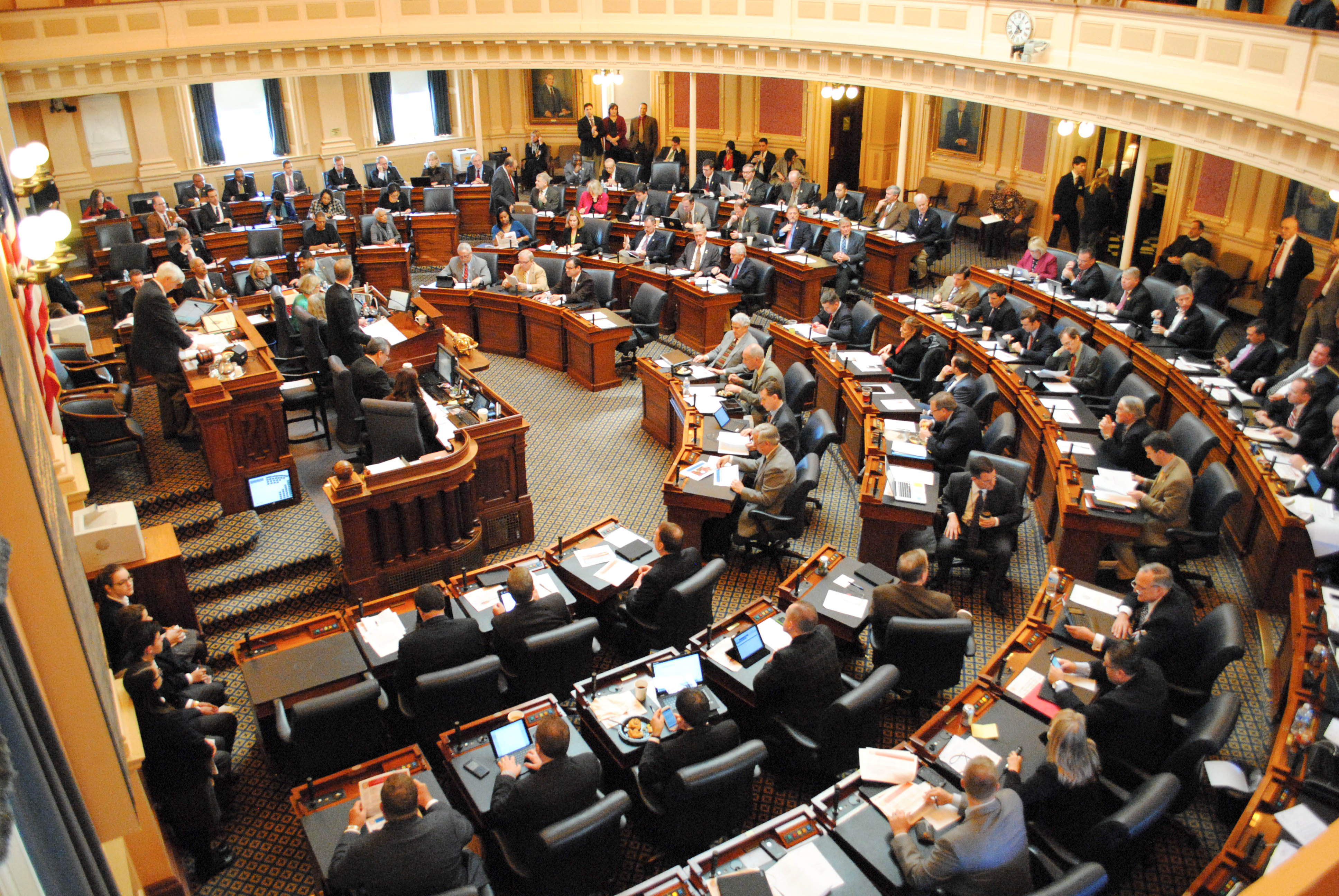The 116th Congress has been sworn in and the Democrats have regained the majority in the House of Representatives after a blow to the Republican stronghold on November 6, 2018. As the President Donald Trump and Republicans go into what can only be foreshadowed as a tumultuous two years until the 2020 General Election, they will have to contend with the former and now current Speaker of the House Nancy Pelosi (CA-12).
Around noon, Democratic Congressman Hakeem Jeffries (NY-8) nominated Pelosi for the speakership, adding that under the tutelage of the California legislator, the Democratic Party will have Congress passing minimum wage increases, a proposed Medicare for All plan, a new voting rights act, and protection for the “DREAMers.”
Wyoming’s lone Congresswoman Liz Cheney gave a fiery rebuke, nominating Republican and former House Majority Leader Kevin McCarthy (CA-22) for speaker of the house, which was met with boos from the left and cheers from the right. Cheney said that McCarthy has been a leader in passing the Tax Cuts and Jobs Act (TCJA), legislation to help ward off the opioid crisis, and working to repeal parts of Obamacare, because “[government] is more of a burden than a help to small business across the country.”
As well, she said that Republicans led by McCarthy have been fulfilling the mission of the president in securing borders, reforming immigration policy, voting against the “devastating practice of sanctuary cities,” enthusiastically proclaiming “and, yes, madam clerk, build the wall,” which was met with a raucous response from both sides of the aisle.
Nevertheless, the votes were tallied out of 433 in quorum:
Pelosi (D): 219
McCarthy (R): 192
Others: 19
Present: 3
As Democrats are set to run the lower chamber for at least the next two years, their first task has been widely said to be making a deal with the White House to reopen the government, which is now in its 13th day closed.
Through the Christmas holiday, President Trump reaffirmed his commitment to at least $5 billion in wall funding to enhance security at the U.S.-Mexico border, saying in the Oval Office to reporters last week, “I can’t tell you when the government is going to be open…It’s not going to be open until we have a wall, a fence, whatever they like to call it…I’ll call it whatever they want…but it’s all the same thing, it’s a barrier.”
On Monday, however, Trump said that he was “ready to go” to make a deal to reopen the government. Reportedly, the president will now be willing to accept funding figures for the border wall that are somewhere between the $5 billion he has requested, and the $1.6 billion congressional Democrats are willing to pass. However, the liberal party has demanded that those dollars not be dedicated to any portion of President Trump’s “immoral, ineffective, and expensive” wall, per Pelosi’s remarks throughout the shutdown.
Earlier on the “Today Show,” she reiterated that any funding measures pursued by the new Democratic majority will include “nothing for the wall.”
“There is no amount of persuasion he can do to say to us, ‘We want you to do something that is not effective, that costs billions of dollars,'” she said Thursday morning. “That sends the wrong message about who we are as a country.”
Legislation to be forwarded in the opening day of the 116th Congress from Democrats would fund closed departments through September 30, with another measure keeping the Department of Homeland Security (DHS) open until February 8 as contention still surrounds the proposed U.S.-Mexico border wall and other immigration policies stemming from the Trump Administration.
Regardless, since Democrats did not gain ground in the upper chamber of Congress, Senate Majority Leader Mitch McConnell (R-KY), ready to battle against the opposition party, said that any funding package President Trump does not support will not have a scheduled vote.






